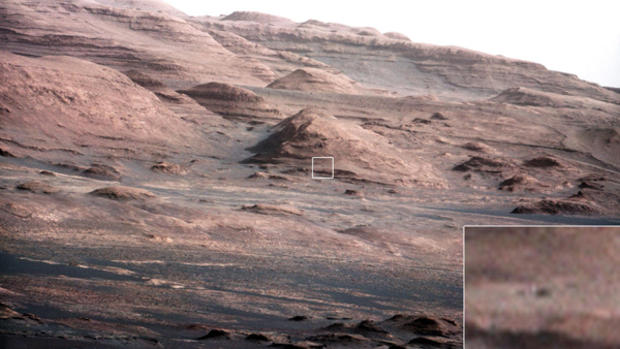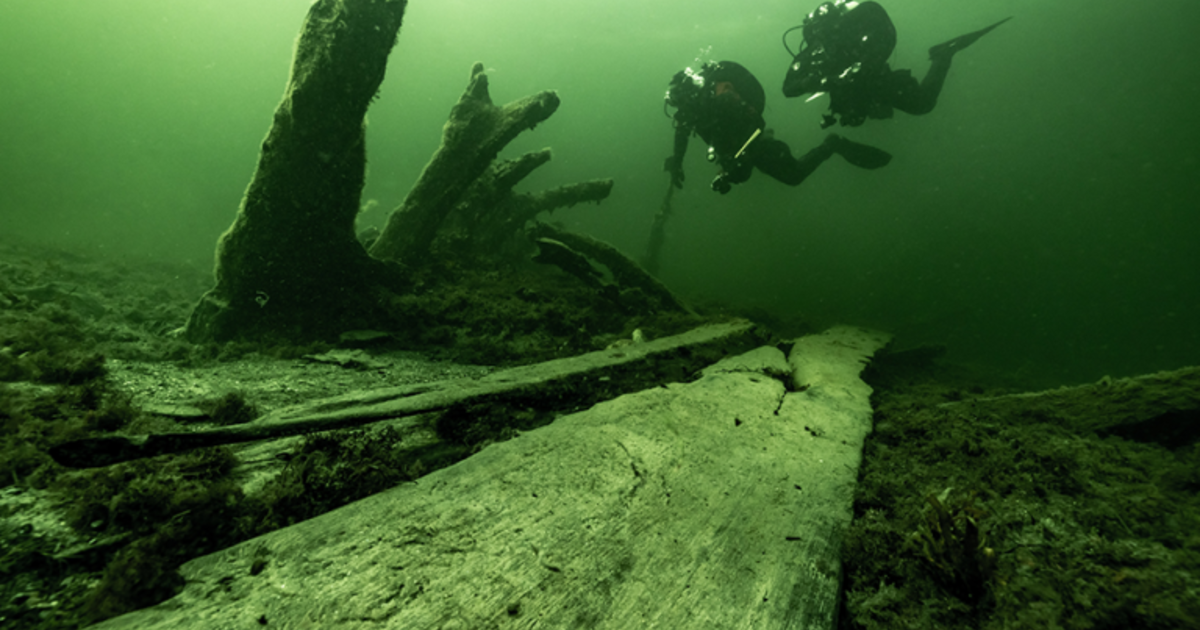Ancient Mars might have had more water than scientists thought
Mars may have harbored even more liquid water on its surface in the ancient past than scientists had thought, a new study suggests.
Mars meteorites commonly contain a mineral called merrillite, which is regarded as an indicator of dry environments. But some of the merrillite in Mars meteorites may actually have been converted from a “wet” mineral called whitlockite by the asteroid impacts that blasted the Red Planet rocks toward Earth, the study indicated.
“If even a part of merrillite had been whitlockite before, it changes the water budget of Mars dramatically,” study co-leader Oliver Tschauner, a professor in the Department of Geoscience at the University of Nevada, Las Vegas, said in a statement. [Photos: The Search for Water on Mars]
Researchers are still trying to get a handle on that Martian “water budget.” Scientists know that the planet was once wet; for example, observations by NASA’s Curiosity rover have revealed that Mars hosted possibly habitable lake-and-stream systems for lengthy stretches billions of years ago.
But it’s unclear just how much liquid water there was on the planet, and how long it lasted. Some scientists think the Red Planet featured a giant ocean that covered much of the Martian surface, for instance, whereas others argue that the wet stuff occurred in more limited pockets.
The new study hints that ancient Mars may have been very wet indeed. The research team created synthetic whitlockite in the lab. They smashed the stuff with metal plates blasted from a gas-pressurized gun at up to 1,680 mph (2,700 km/h) to simulate an asteroid strike, then used X-ray beams to study the composition of the “shocked” sample.
The researchers found that up to 36 percent of the synthetic whitlockite was converted to merrillite at the plate-sample interface. And the extreme pressures and temperatures generated during the experiment lasted just 100 billionths of a second, 1 percent to 10 percent as long as they would during real asteroid impacts. Such strikes may therefore have produced “almost full conversion” to merrillite, Tschauner said in the same statement.
Adding to the intrigue, the hydrogen-containing whitlockite is water-soluble and contains phosphorus, one of the key building blocks for life on Earth, the researchers said.
“Thus, significant whitlockite on Mars would mean more available phosphorus in aqueous environments for any potential prebiotic or biotic reactions,” the researchers wrote in the new study, which was published online March 6 in the journal Nature Communications.
“The only missing link now is to prove that [merrillite] had, in fact, really been Martian whitlockite before,” Tschauner added. “We have to go back to the real meteorites and see if there had been traces of water.”
Still, there’s only so much that can be learned from lab experiments and studies of Mars meteorites, study team members said. (These latter rocks have been considerably altered by their violent expulsion from Mars and time on Earth, after all.)
So the research team, like many other scientists, are keen for a sample-return mission that would bring a pristine piece of the Red Planet to Earth for study.
“It’s really important to get a rock that hasn’t been ‘kicked’” like Mars meteorites have, study co-author Martin Kunz, a staff scientist at the U.S. Department of Energy’s Lawrence Berkeley National Laboratory, said in the same statement.
Follow Mike Wall on Twitter @michaeldwall and Google+. Follow us @Spacedotcom, Facebook or Google+. Originally published on Space.com.




